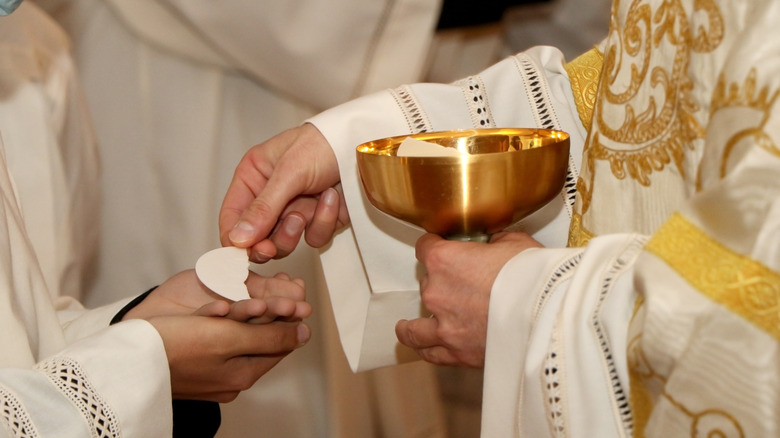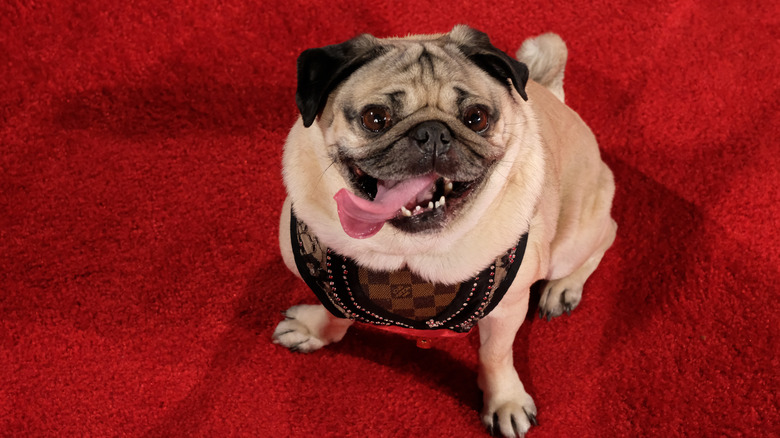What You Might Not Know About The Roman Catholic Secret Society
These days, secret societies are hardly secret. You can drive by a Masonic lodge today and see people walking in and out, paying no heed to keeping their identity or involvement in the movement a secret. Similarly, Yale University's "secret" Skull and Bones society is not at all a secret, and indeed, your Yale tour guide will gladly point out their "secret" meeting place when your tour walks past.
However, centuries ago, secret societies were, well, secret, for a variety of reasons. As the question-and-answer column The Straight Dope reported, the Masons probably began as a guild and kept things secret in order to keep outsiders from learning the masonry trade. Later, religious persecution led to organizations meeting in secret; as The Vintage News reports, the Catholic Church was keen to keep Catholics out of freemasonry because it accepted members who believed in God, regardless of whether they were Catholic or Protestant, and such free thinking would not do at the time.
However, one Catholic group formed their own secret society, took a dog as their mascot, and even required members to behave like dogs in order to gain admission to meetings.
Everything you never knew about the order of the pug
Back in 1738, according to The Vintage News, Pope Clement XII banned Catholics from joining the Freemasons. Clemens August of Wittelsbach, the Elector of Cologne, was having none of that, and so he created his own secret society, "The Order of the Pug." Why the pug? Since it is a dog, the animal is loyal, trustworthy, and steadfast.
Members of the group took the dog theme to what may be considered its comical extremes. To be let into a "mop" (German for "pug") meeting, you had to crawl on all fours, wear a collar bearing a medallion featuring a pug around your neck, scratch at the door like a dog, and then be greeted by a chorus of barks. Members would also have to kiss the rear end of a porcelain pug.
The group was progressive for its time, not only allowing women, but allowing them in leadership roles.
Eventually, the Catholic Church lightened up on freemasonry, and the pugs kind of dwindled out, although according to Parade, they were reportedly active until 1902.

